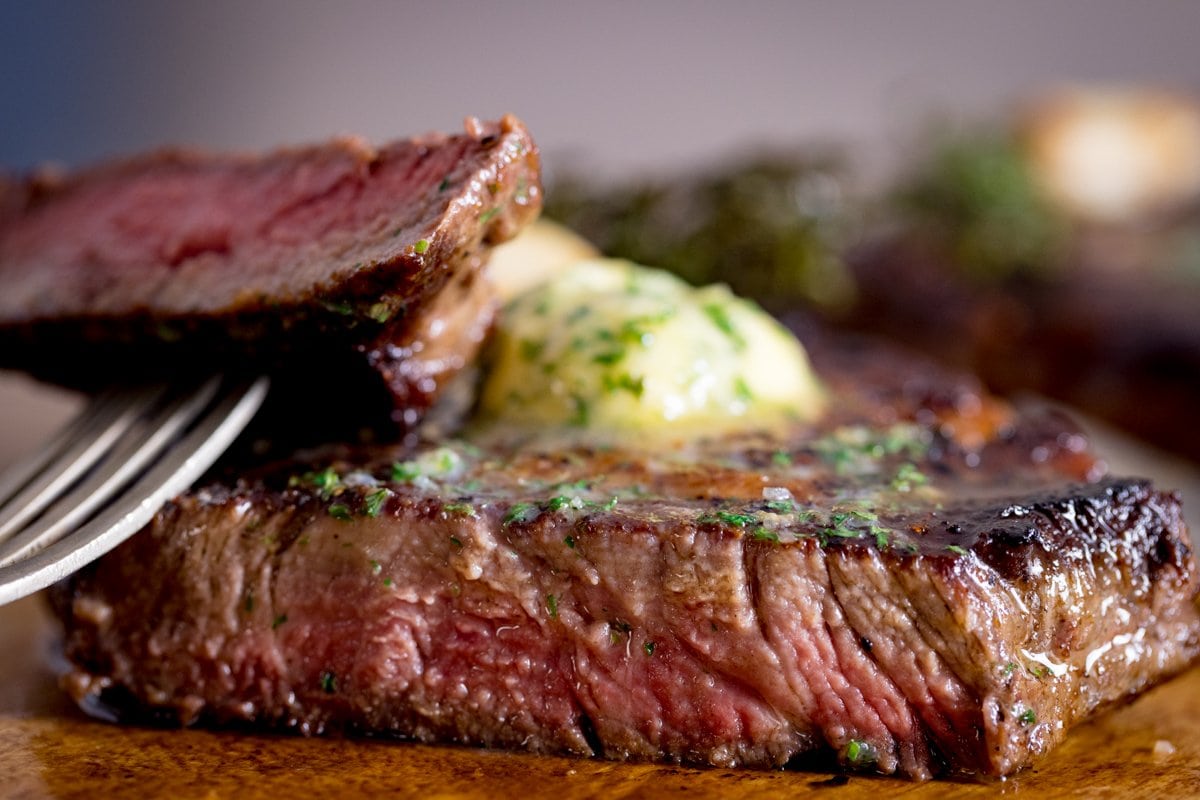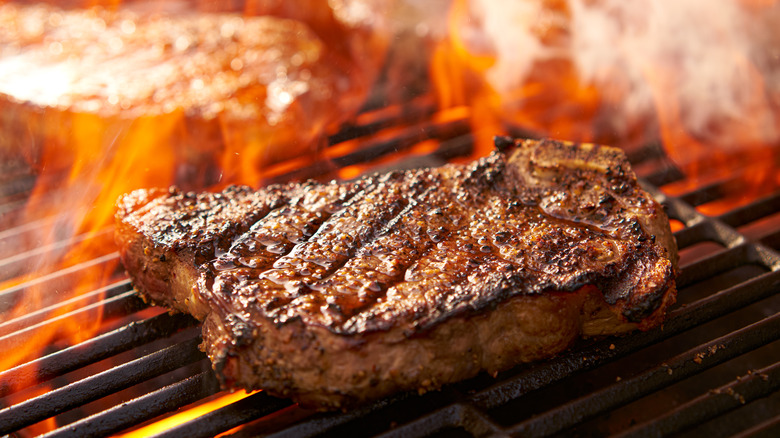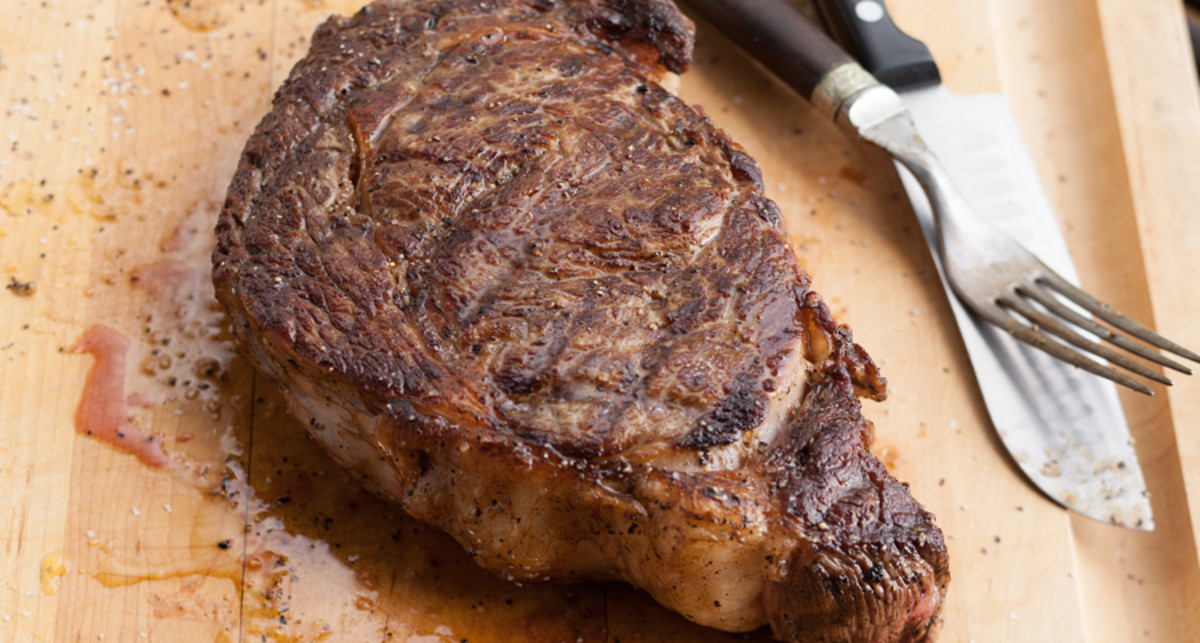The Ultimate Guide on How to Cook Beef Tenderloin Steak: A Culinary Delight
Written By James Morgan
Have you ever wondered how to cook beef tenderloin steak perfectly? Whether you are a seasoned chef or a novice in the kitchen, cooking the perfect beef tenderloin steak can be a delightful experience that elevates your culinary skills and impresses your guests. The beef tenderloin is one of the most tender cuts of beef, known for its rich flavor and enticing melt-in-your-mouth texture. In this extensive guide, we will explore various techniques to cook beef tenderloin steak, focusing on achieving that restaurant-quality finish at home.

The Majesty of Beef Tenderloin
Beef tenderloin steak comes from the loin of the cow, a muscle that does very little work, making it exceptionally tender. The cut is prized for its buttery texture and is a favorite for special occasions and holiday dinners. Cooking beef tenderloin may seem daunting, but with the right knowledge and tools, you can create a restaurant-quality meal in the comfort of your own home. Before diving into the cooking methods, it is important to understand the anatomy of this beautiful cut of meat, as well as how to select the best beef tenderloin for your feast.
Understanding the Types of Beef Tenderloin
When selecting beef tenderloin at the grocery store or butcher, it's essential to differentiate between the various types available. You may encounter terms such as 'filet mignon,' 'chateaubriand,' and 'tenderloin roast.' Each has its unique qualities and uses. Filet mignon is the most tender cut and is often used for individual servings, while chateaubriand is a thicker cut typically served for two to share. Regardless of the type you choose, always look for meat that is bright red in color, firm to the touch, and well-marbled with fat, as this ensures flavor and tenderness.

Essential Tools for Cooking Beef Tenderloin Steak
To cook beef tenderloin steak successfully, you'll need the proper cookware and tools. Here is a list of essential items that will help you tackle this culinary challenge:
- Griddler: This multifunctional cooking appliance allows you to grill, sear, and press your beef tenderloin steak. Its non-stick surface ensures even cooking and easy cleanup.
- Knife: A high-quality chef's knife will help you slice through your beef tenderloin steak with precision. Look for one with good balance and a sharp blade for clean cuts.
- Cutting Board: A sturdy cutting board is essential for preparing your beef tenderloin steak. Choose one that is large enough to accommodate the entire cut and is easy to clean.

Preparation: Getting Ready to Cook Beef Tenderloin Steak
Proper preparation is key to ensuring your beef tenderloin steak turns out perfect. Begin by allowing your steak to sit at room temperature for about 30 to 60 minutes prior to cooking. This allows for even cooking throughout the meat. While waiting, you can season your steak with a combination of salt and freshly ground black pepper. If you prefer, you can also marinate your steak in your favorite herbs and spices for added flavor.
The Importance of Searing
Searing is an essential technique when you're learning how to cook beef tenderloin steak. This cooking method helps develop a flavorful crust and locks in the meat's juiciness, keeping the inside tender and succulent. To achieve that perfect sear, preheat your griddler or skillet and add a small amount of oil with a high smoke point, like canola or avocado oil. Once the oil is shimmering, carefully place your beef tenderloin steak into the hot pan. Allow it to sizzle without moving it for about 3 to 4 minutes, depending on the thickness of the steak, ensuring that the crust forms and develops those beautiful brown colorations.
:max_bytes(150000):strip_icc()/GettyImages-Arijuhani_950332546-d1f78fa10aac4e0dbe8575ffe8036896.jpg)
Cooking Methods: Mastering Beef Tenderloin Steak
Now that we have set the stage for a delicious beef tenderloin steak, let's explore the different cooking methods that you can use at home, ranging from traditional methods to more modern approaches.
Grilling Your Beef Tenderloin Steak
Grilling is one of the most popular methods for cooking beef tenderloin steak, especially during outdoor gatherings. Not only does it impart a smoky flavor, but it also enhances the steak's natural juices. Preheat your grill to high heat, ensuring it's clean and well-oiled to prevent sticking. Once heated, follow the searing process described earlier, then reduce the heat to medium and continue cooking to your desired doneness. Its recommended to use a meat thermometer to check the temperature: 130F for medium-rare, 140F for medium, and 150F for medium-well. Allow your steak to rest for a few minutes after grilling; this allows the juices to redistribute and creates a more flavorful bite.
Oven Roasting
If the weather isn't cooperating, or if you simply prefer indoor cooking, oven roasting is a fantastic option for preparing beef tenderloin steak. Preheat your oven to 425F. Sear your steak in the griddler or in a hot skillet, then transfer it to the oven to finish cooking. This method ensures even cooking, and because the heat surrounds the meat from all sides, it helps to lock in those delicious juices. You can add complementary flavors by placing sprigs of rosemary or thyme around the steak while roasting.
Pan-Seering on the Stovetop
The stovetop cooking method is an incredibly effective way to prepare beef tenderloin steaks, particularly for those who enjoy a flavorful crust. Using a heavy cast-iron skillet, heat it on high and add a bit of oil. As you sear both sides of the steak, use a spoon to baste the meat with the hot oil. This technique enhances flavor and keeps your steak moist. Once again, a meat thermometer is essential to avoid overcooking.
The Sous Vide Technique
For those tech-savvy culinary enthusiasts, sous vide cooking offers a unique and precise way of preparing beef tenderloin steak. This method involves vacuum-sealing your steak in a bag and submerging it in a water bath at a controlled temperature for several hours. Afterward, you simply sear it in the griddler or skillet as described previously. This technique ensures that your steak is cooked evenly from edge to edge, with the added advantage of maintaining the juiciest texture possible.
Finishing Touches: Sauces and Sides
Once you've mastered the various cooking methods for how to cook beef tenderloin steak, the next step is choosing delightful accompaniments. Pairing the steak with sauces, sides, and garnishes not only elevates the overall dish but also personalizes your meal.
Delicious Sauces to Pair
Classic sauces such as red wine reduction, barnaise, or chimichurri add flavor and enhance the overall dining experience. To make a red wine reduction, simply simmer red wine with shallots until thickened and finish with a pat of butter for richness. Barnaise sauce, a rich emulsion made with butter, egg yolks, and flavored vinegar, is another excellent choice. Its richness contrasts beautifully with the tender meat, creating a symphony of flavors. Lastly, chimichurri, a vibrant green sauce made with fresh parsley, garlic, vinegar, and oil, adds a punch of freshness to every bite.
Side Dishes that Complement
When deciding on side dishes, consider options that balance the richness of beef tenderloin. Roasted vegetables, such as asparagus, brussels sprouts, or carrots, provide a healthy and colorful addition to your meal. Creamy mashed potatoes or a silky potato pure offer sumptuous contrast to the textures of the meat. Additionally, a simple side salad dressed with vinaigrette can provide brightness and acidity to cut through the richness of the beef.
Tips for Perfecting Your Beef Tenderloin Steak
To truly excel in how to cook beef tenderloin steak, consider these helpful tips: Always let your steaks come to room temperature before cooking. Season liberally with salt and pepper or your favorite seasoning blends. Use a meat thermometer for the best results to ensure doneness, and always let your steak rest for at least 5 minutes before slicing. This gives the juices time to redistribute, resulting in a more tender bite.
Cleaning and Caring for Your Cookware
After all your hard work in the kitchen, it's essential to clean and maintain your cookware. Use a quality cookware cleaner to safely remove residues from your grilling and searing sessions while protecting your kitchen tools. For wooden surfaces, such as your cutting board, applying cutting board oil helps preserve the wood while preventing stains and odors. Maintaining your tools and cookware ensures they remain in top condition for many delectable meals to come.
Conclusion: The Art of Cooking Beef Tenderloin Steak
Now that you have gained insight into how to cook beef tenderloin steak, from preparation and techniques to sauces and sides, you are well-equipped to create an unforgettable meal that will impress your family and friends. Cooking is a journey of exploration, creativity, and enjoymentembrace it fully. Each time you cook beef tenderloin steak, you'll gain experience and confidence, elevating your culinary repertoire to new heights.
As an Amazon Associate, I earn from qualifying purchases.



